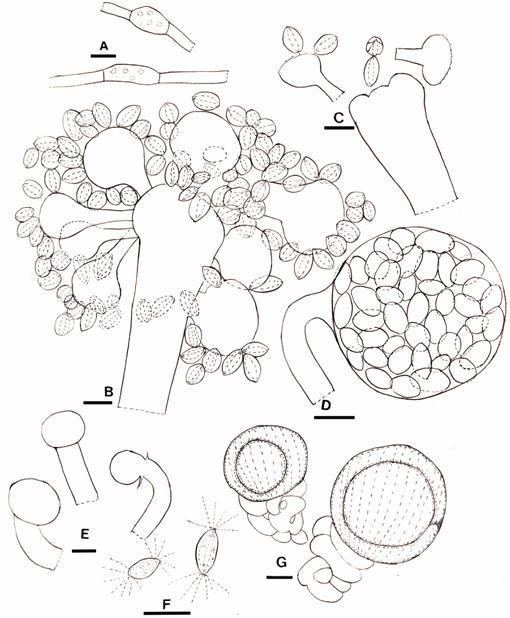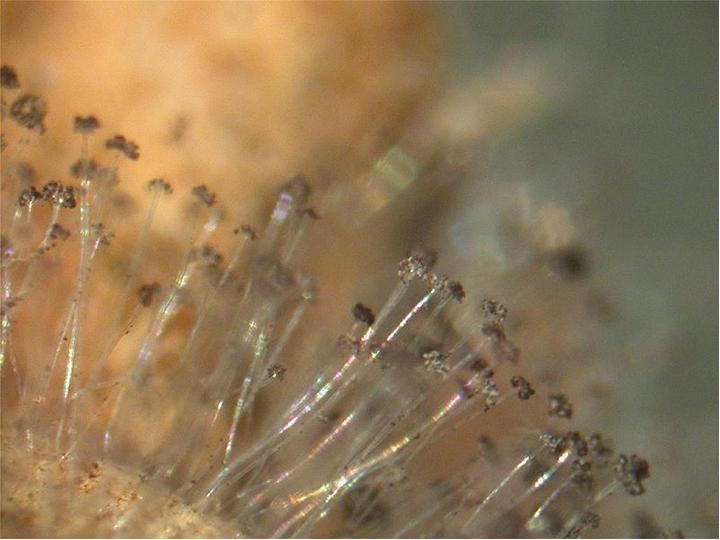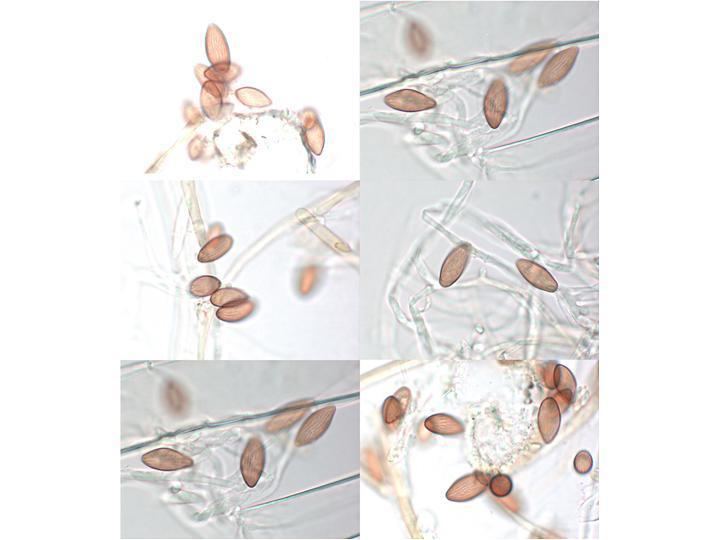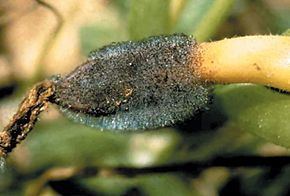Higher classification Choanephora | Scientific name Choanephora cucurbitarum Rank Species | |
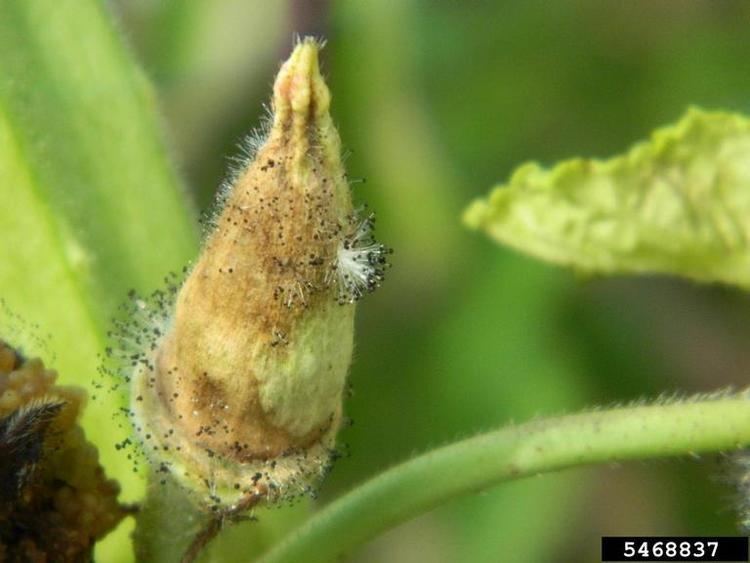 | ||
Similar Choanephora, Mucorales, Cercospora capsici, Piptocephalis, Mucoromycotina | ||
The fungus Choanephora cucurbitarum is a plant pathogen that causes fruit and blossom rot of various cucurbits. It can also affect okra, snap bean, and southern pea, and may cause a stem and leaf rot of Withania somnifera. Wet weather, high temperature and high humidity favor disease development from inoculum that is typically soil-borne. Signs of infection on fruits or leaves include water-soaked, necrotic lesions, which progress rapidly under ideal conditions. As the fungus begins to produce spores, affected tissues become dark grey-brown and hairy as a result of the superficial sporangia.
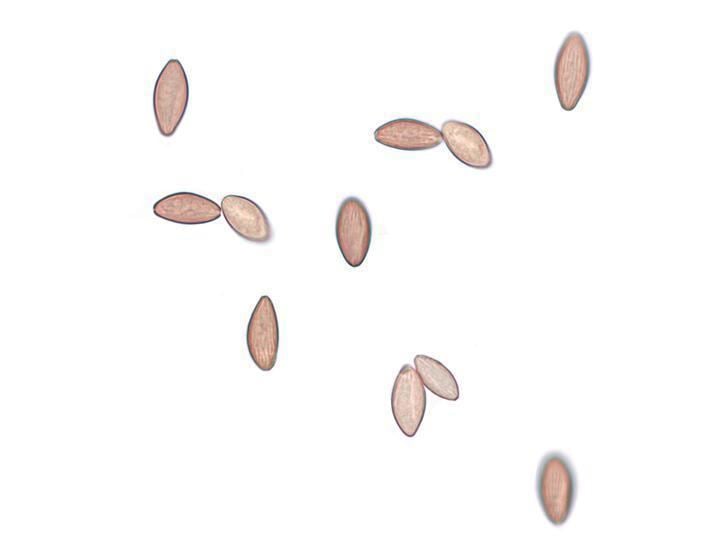
Description
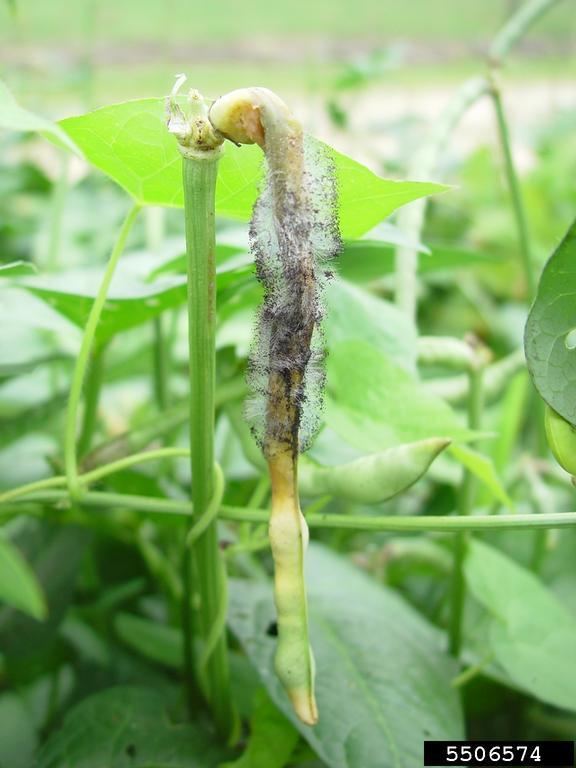
Sporangiophores bearing sporangiola are erect, hyaline, unbranched, and apically dilated to form a clavate vesicle, from which arise dichotomously branched, distally clavate secondary vesicles. The sporangioles are indehiscent, ellipsoid, brown to dark brown with distinct longitudinal striations and measure 12-20μm x 6-12μm. Sporangia are multispored, spherical, initially white to yellow, pale brown to dark brown at maturity and measure 40-160μm. Sporangiospores from sporangia are ellipsoid to broadly ellipsoid, brown to dark brown, indistinctly striate with fine hyaline polar appendages, and measure 16-20 µm x 8-12 µm (Saroj et al. 2012).
